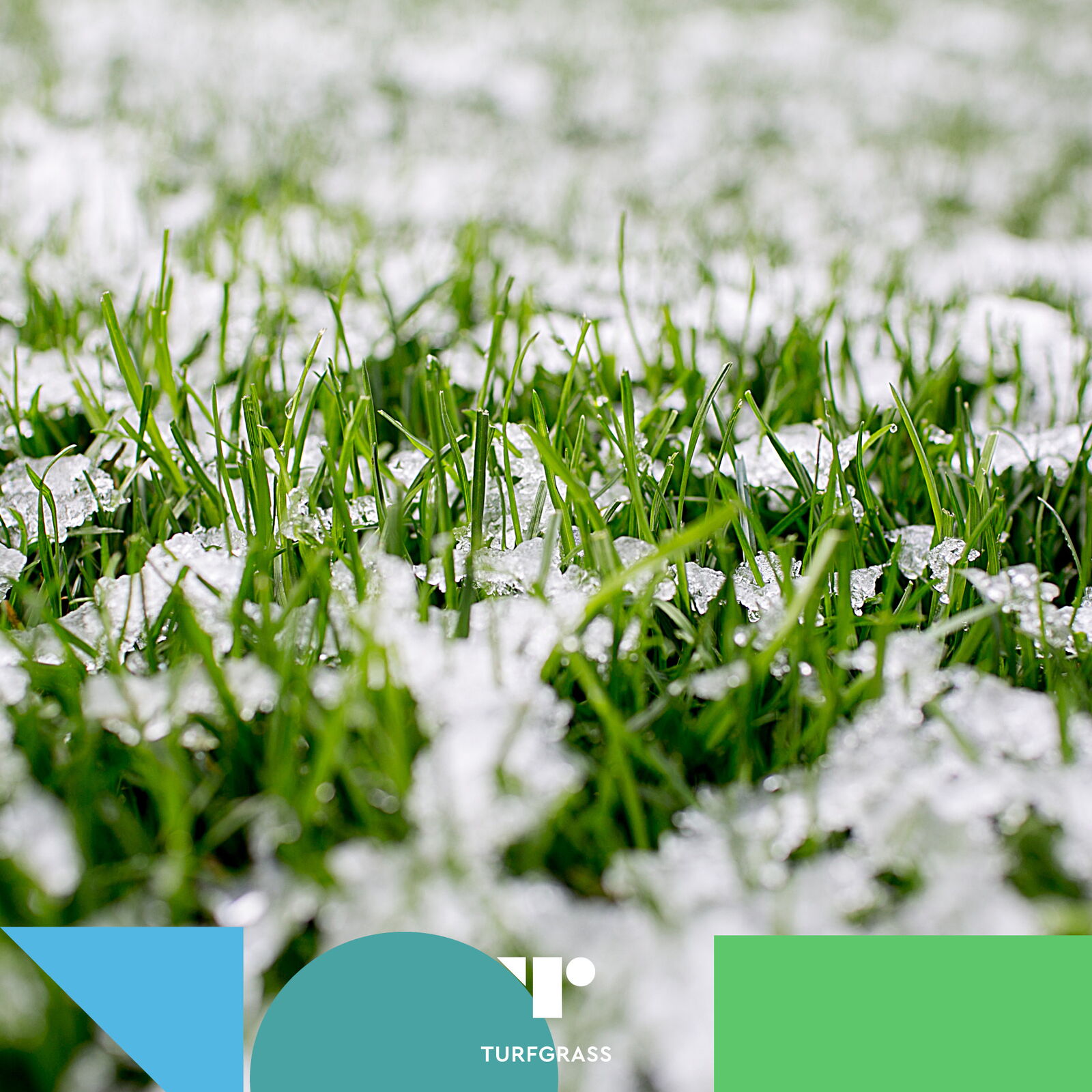Prepare your artificial lawn for snowy weather - or don't
Artificial grass doesn’t need much maintenance throughout the year, and winter is no different. It withstands just about anything: from falling temperatures, to small mountains of snow, or even severe downpours. All you need is some winter maintenance basics to keep your artificial grass in peak condition. Enjoy more, worry less – thanks to these 5 simple tips and tricks.

Brace yourselves: prepare your artificial lawn for snowy weather
Or don’t. While natural grass might die off after some frosty nights or turn into a swamp after heavy rain or hail, artificial grass can shrug all that off without a scratch! In fact, the great all-season look and resilience to harsh weather conditions are exactly the reasons why many homeowners have swapped their natural lawn for an artificial one. No surprise there.
But if you want to enjoy a winter wonderland without worrying, there are a few things you can do – and it’s best to start just before the winter sets in.
Repair any damaged parts in your artificial lawn
The chances are low, but you never know: have you noticed any burned, torn, or otherwise damaged sections of your lawn? Make sure to repair damaged artificial grass before it’s covered with a thick carpet of snow. If you don’t, shovelling might make the problem worse.
Remove debris and dirt
Heavy winds and winter storms sweep away neighbouring trees’ remaining leaves, twigs, and all kinds of other debris. When they land on your artificial lawn, it’s best to sweep away this colourful bunch or use a leaf blower to prevent leaves from piling up. If you do that, your drainage system won’t get clogged and the decomposing leaves won’t leave a mess on your lawn.
Heavy rain? Let it drain!
Insufficient drainage may lead to a flooded artificial lawn filled with mud pools – much like how a natural grass garden tends to become in the rainy season. If you had your artificial grass installed by a certified Turfgrass installer, you have nothing to worry about.
Our high-quality grass types have a drainage capacity of 60 litres per minute per square meter, and our professional installers are the best in their field. A Turfgrass lawn won’t puddle or become unstable due to excess rain. But give the drainage system a hand by removing as much debris as you can to prevent the drainage holes from getting blocked.
Taking care of artificial grass when winter is there
You can’t keep the temperature from dropping and the snow from falling. When your artificial grass has completely frozen over, you can just wait for the snow and ice to melt away.
If that’s not an option, because, say, you want to clear a walkway or a spot for your dog’s potty needs, keep these precautionary maintenance tips in mind so you can clear the area safely and easily.
1. Avoid using chemical products to defrost your grass
Your artificial lawn might sound crunchy when you walk on it. Don’t be alarmed, it’s not the grass fibres that you hear breaking. They might get a bit stiffer, but frost won’t damage them. Be careful, though, because the grass might get slippery when it freezes.
Don’t use any harsh chemicals like anti-freeze products on your artificial grass. They can be caustic and lead to permanent damage. What about salt? That’s not caustic. True, salt won’t harm the artificial grass fibres, and it will help frost or snow to melt quicker. But the salt residue will sink into the backing, reducing the drainage capacity of your artificial lawn. So avoid using salt as well.
2. Remove snow carefully
When you walk on snow, it can get compacted and form a thick icy layer on your artificial grass. This doesn’t only increase slipping hazards, but might also deteriorate drainage.
If you’re expecting a lot of foot traffic through your garden – or you just don’t like your lawn’s new look – it’s best to remove the snow gently with a plastic shovel. Don’t use a metal shovel, as they’re more likely to damage the grass fibres.
Alternatively, you could put some old towels or blankets in the dryer to heat them up, and then place them on top of the snow to make it melt faster. You might even consider laying a plastic sheet where you’d like to have a path before it starts snowing. That way you can simply lift it up, slide the snow aside, and ta-da! A clear path appears.
3. Allow the grass to acclimate
You might notice that your artificial grass is slightly flatter, or that some fibres are entangled with each other after the snow has melted. The weight of the snow can have such an effect, but luckily, it’s just temporary. The fibres should bounce back after a little while.
Want to help your artificial grass fibres get back to their old selves again in no time? Gently sweep your lawn using a brush with synthetic bristles.